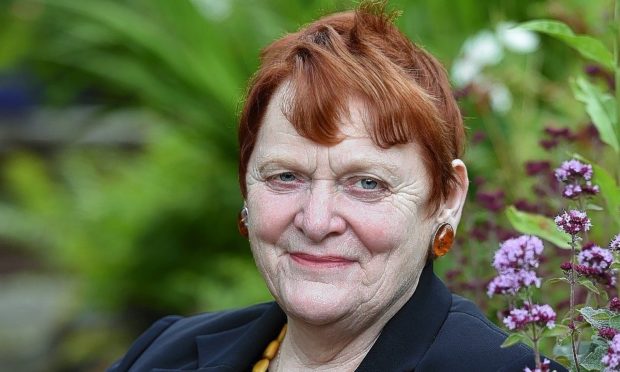A crisis is looming after it emerged that almost 45% of teachers working in the Highlands could retire within the next decade.
Council leader Margaret Davidson admitted the need to find “smarter ways” of attracting graduates into the profession and bringing them north.
She warned that if big changes are not made now, the council will soon be at “crisis point.” A new report, entitled Care and Learning Service Workforce Plan, will go before councillors on Thursday stating “the majority” of the current 1,060 teaching staff over the age of 51 could retire within the next 10 years, with “the majority” of teachers retiring by the age of 60.
There are currently 2,360 teaching staff working in the Highlands.
The latest figures also show that 42% of non-teaching care and learning staff, such as social workers, health nurses, educational psychologists, are over the age of 51, with only 27% under 40.
The report says the average number of sick days taken by a non-teaching staff member has risen from from 9.1 last year to 11.5 this year, with the “main reason” being work-related stress.
Report author and director of care and learning, Bill Alexander, admitted the situation is of “very significant concern” and that recruitment is a “particular challenge.”
He said the challenge “becomes greater” if Brexit results in a reduction in the number of foreign nationals in the workforce, which in schools could impact on language teachers.
Last night Mrs Davidson said: “We need to up our game. We have got to find ways of being smarter to bring on the workforce. We will be at crisis point if we don’t do anything about this and it drifts on.
“If we are bringing someone into the Highlands, whether it’s recruiting a consultant or a teacher, we have to be helping them into housing locally, or telling them about what is available for them and their partners, or their families.
“We need to be better at telling people what a really good place the Highlands is to live and work and give people a hand.
“We also need to lift the bureaucracy off the shoulders of headteachers and help them concentrate on learning and teaching more.”
Mrs Davidson added that it could be worth considering a “specific role” in the council for recruiting young teachers. She praised a new Scottish Government £20,000 bursary scheme to attract new teachers in science, technology, engineering or maths subjects.
The new council report, to go before the people committee, states that “succession planning is a crucial issue” in the service and that the focus should be on “grow your own” and other recruitment strategies.
